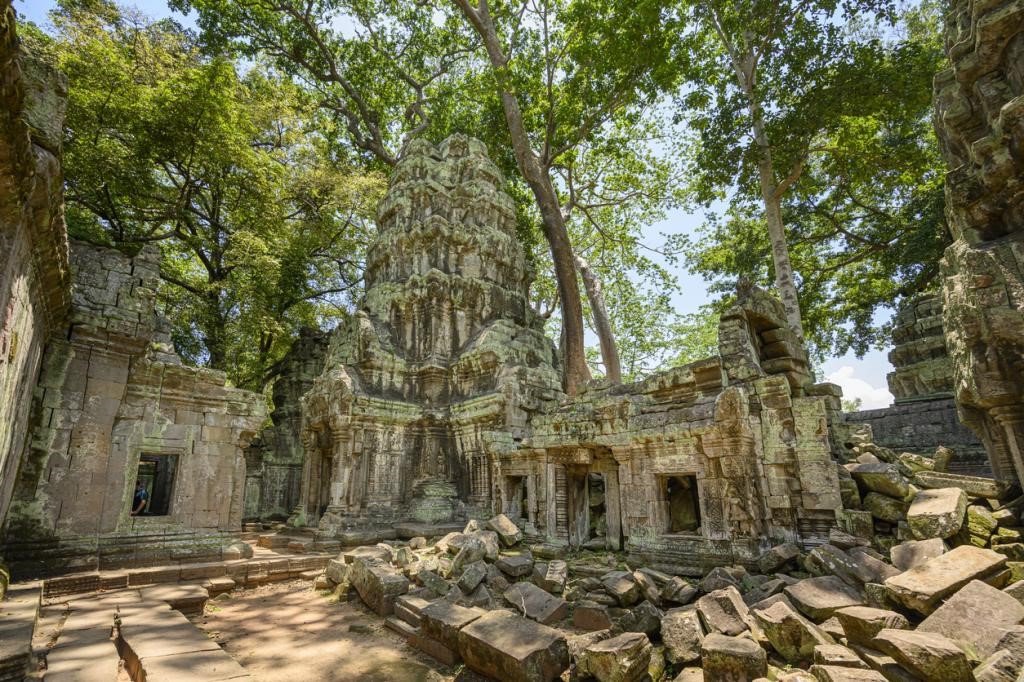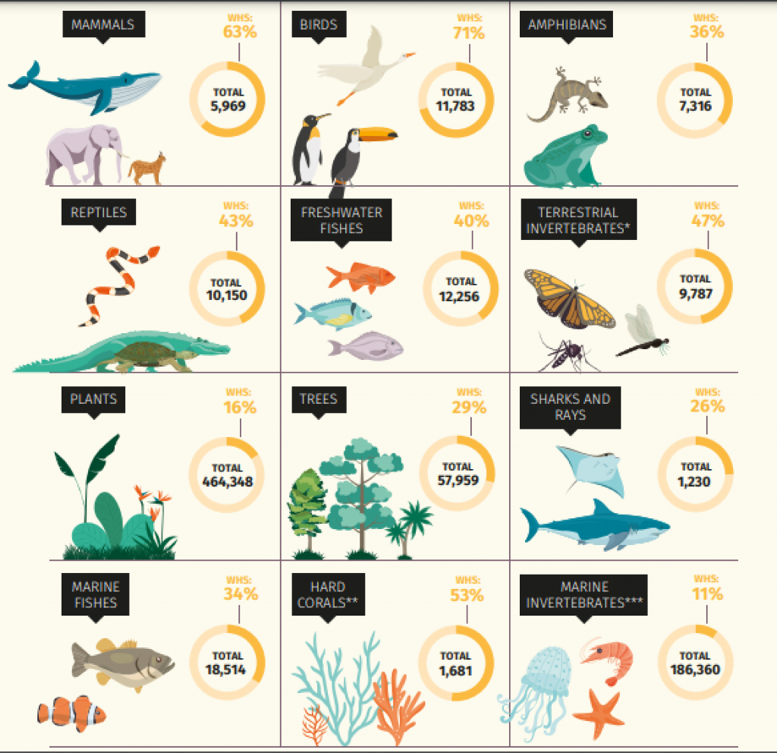Free Courses Sale ends Soon, Get It Now


Free Courses Sale ends Soon, Get It Now



Disclaimer: Copyright infringement not intended.
Context
Details
Rich Biodiversity

Iconic Species
Protection and Challenges
Climate Impact
Expansion of World Heritage Sites
Cultural Sites and Biodiversity
Ecosystem Services
Policy Recommendations
Climate Adaptation
Conclusion
UNESCO World Heritage sites are not only of cultural and historical significance but also serve as invaluable strongholds for biodiversity. Protecting these sites is essential for safeguarding iconic species, conserving biodiversity, and addressing the challenges posed by climate change and human activities. The report emphasizes the need for a holistic approach that recognizes the interdependence of nature and culture in conservation efforts.
MUST READ ARTICLES:
https://www.iasgyan.in/daily-current-affairs/world-heritage-sites-47
|
PRACTICE QUESTION Q. Which statement is true regarding UNESCO World Heritage Sites? 1. All UNESCO World Heritage Sites are natural landscapes. 2. UNESCO World Heritage Sites are recognized for their cultural, historical, or natural significance. 3. UNESCO World Heritage Sites are primarily selected based on their economic value. Options: A) 1 only B) 2 and 3 C) 2 only D) 1, 2 and 3 Answer: C |
© 2024 iasgyan. All right reserved